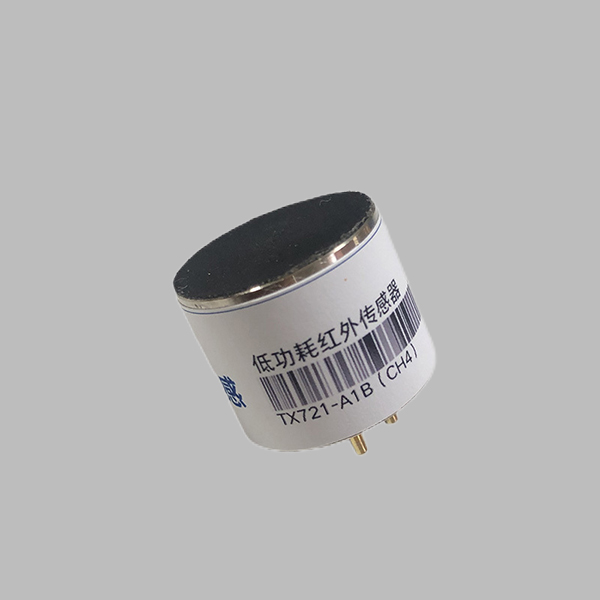

 News
News Industry News
Industry NewsAs a leading manufacturer of gas sensing solutions, we specialize in providing high-performance **Infrared Carbon Dioxide (CO₂) Sensors** designed for accuracy, reliability, and diverse industrial applications. Below is a comprehensive overview of our NDIR-based CO₂ sensors, tailored to meet the needs of global clients.
1. Product Overview
Our infrared CO₂ sensors utilize **Non-Dispersive Infrared (NDIR)** technology, a gold standard for gas detection due to its precision and long-term stability. These sensors are engineered to measure CO₂ concentrations across a wide range, making them ideal for both indoor and industrial environments.
2.Core Principles
Infrared CO₂ sensors are based on non-dispersive infrared (NDIR) technology and use the absorption characteristics of CO₂ molecules to specific wavelengths of infrared light to detect concentration. In simple terms, there are three steps:
2.1 Emit infrared light
The sensor has a built-in infrared light source (such as LED or micro-heating wire) to emit a beam of wide-spectrum infrared light, which includes a wavelength of 4.26μm (the strong absorption band of CO₂ molecules).
2.2 Selective absorption
When light passes through the gas to be measured, CO₂ molecules selectively absorb light of this wavelength, and other gases (such as O₂, N₂) have almost no interference.
2.3 Detect light intensity changes
The remaining infrared light reaches the detector (such as a thermopile or photodiode), and the CO₂ concentration is calculated by comparing the initial light intensity with the light intensity after absorption (Beer-Lambert law).

3.Why choose NDIR technology?
3.1 High precision: strong anti-interference, not affected by other gases.
3.2 Long life: non-chemical principle, no consumable components.
3.3 Good stability: temperature and humidity compensation algorithm further improves reliability.
4.Advantages of our infrared CO₂ sensor
4.1 Range coverage: 400ppm~50000ppm (customizable)
4.2 Ultra-low power design: average current <1.0mA, peak current <60mA, suitable for battery-powered devices
4.3 Digital output: UART/I²C, plug and play
5.Key Applications
Our infrared CO₂ sensors are versatile and widely adopted in:
5.1. Indoor Air Quality (IAQ) & HVAC Systems
- Monitor and optimize ventilation in offices, schools, and homes to ensure healthy CO₂ levels (<1,000 ppm).
- Energy-saving integration with smart HVAC systems.
5.2. Agriculture & Greenhouses
- Enhance crop yields by maintaining optimal CO₂ levels (800–1,200 ppm) for photosynthesis.
5.3. Industrial Safety
- Detect CO₂ leaks in breweries, refrigeration plants, and chemical facilities to prevent hazardous exposure
5.4. Automotive & Transportation
- Cabin air quality monitoring in vehicles, buses, and aircraft.
5.5 Medical & Laboratories
- Incubators, respiratory devices, and controlled atmospheres.
5.6. Environmental Monitoring
- Track CO₂ emissions in compliance with environmental regulations.
Contact Us Today
Elevate your gas detection systems with our cutting-edge infrared CO₂ sensors. Whether for smart
buildings, industrial safety, or environmental compliance, we provide scalable, reliable solutions. Reach out
to explore product catalogs, request samples, or discuss custom projects!
ShanXi TengXing Sensor Technology Co.,Ltd
Web: www.tensensor.com
Email: [email protected]
Innovating Gas Sensing for a Safer, Smarter World.